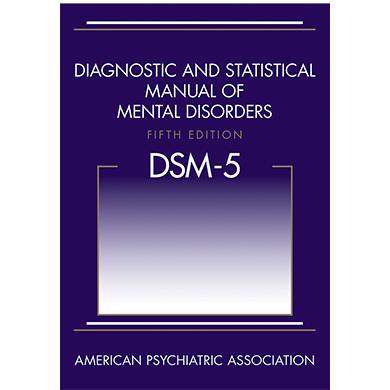DSM-5 has announced its price, an incredible $199 (and the paperback is also no bargain at a hefty $149).
Compare this to $25 for a DSM III in 1980; $65 for a DSM IV in 1994; and $84 for a DSM-IV-TR in 2000. The price tag on a copy of DSM is escalating at more than twice the rate of inflation.
No one outside the closed APA circle will ever really know for sure, but clearly the astounding price jump is not fueled by Adam Smith’s “invisible hand” – the powerful interaction of supply and demand that guides any free market.
The supply of DSM-5 is unlimited while the demand is likely to be quite limited (due to all the mistrust that has been generated by DSM-5’s flawed process and reckless product).

The price tag on a copy of DSM-5 is escalating at more than twice the rate of inflation
So if supply is great and demand is small, why is the price of DSM-5 jumping up so rapidly instead of sticking to inflation or retreating? Three reasons:
1. APA has sunk more than $25 million into DSM-5 and wants to recoup as much of its investment as it can. God only knows where the money went. DSM-IV cost one fifth as much – just $5 million – of which half came from external grants.
2. APA is in deficit and is rapidly losing membership dues and drug company funding. It desperately needs all the publishing profits it can pull from DSM-5 to bridge its budgetary gap. If DSM-5 sales are projected to be much less than originally expected, the APA strategy may be to raise prices sky-high in order to make up the difference.
3. APA is probably counting on having captive buyers who are forced to pay its price, however exorbitant it may be. That’s exactly how monopolies take advantage of markets that are not free- rigging the prices to bring in all the profits the helpless traffic will bear.
Previous systems (DSM-III, DSM-IIIR, DSM-IV) were far from perfect, but they were good enough to provide a widely accepted common language for communication. The gross incompetence of DSM-5 will likely return us to a Babel of many languages – different people using different methods of diagnoses.
The economy of the eurozone shrank 0.2% in the three months from April to June compared with the previous quarter.
The figures from Eurostat covering the 17 countries that use the euro followed zero growth in the previous quarter.
Europe’s biggest economy, Germany, grew by 0.3% in the second quarter, helped by exports and domestic consumption.
France announced its economy had recorded zero growth in the period, which was better than had been expected.
The French economy had also posted zero growth in the previous two quarters.
GDP measures the total amount of goods and services produced by an economy.

The economy of the eurozone shrank 0.2 percent in the three months from April to June compared with the previous quarter
“Germany has asserted itself thanks to growing exports to countries outside the eurozone,” said Christian Schulz at Berenberg Bank.
“It’s hardly a surprise that consumption has increased due to low unemployment, rising wages and a low rate of inflation.”
The economies of the 27 members of the EU also contracted by 0.2%.
Among the eurozone’s biggest contractions, Portugal’s GDP shrank 1.2%, Cyprus recorded a 0.8% contraction and Italy was down 0.7%.
Comparable figures from Ireland and Greece are not yet available.
On Monday, Greece released GDP figures that showed its economy contracted by 6.2% in the second quarter, compared with the same period a year earlier, but did not provide figures for the quarter compared with the previous quarter.
The first quarter’s zero growth means the eurozone is still not in recession on the generally accepted definition of two consecutive quarters of negative growth, but the outlook for the rest of the year is gloomy.
“What we see is a vicious circle of budget cuts, high interest rates in the periphery and sovereign debt rising,” said Aline Schuiling at ABN Amro.
“Policymakers are moving very slowly. We expect another contraction in Q3.”
Greece, Spain, Italy, Cyprus and Portugal, all of which are receiving assistance from European bailout funds, are in recession.
“Overall, the story of a resilient core and a floundering periphery continues,” said Azad Zangana at Schroders.
“The resilience of the core economies is likely to be tested in the coming quarters, with leading indicators suggesting slowing order books and falling business confidence.”
An example of the leading indicators was the ZEW index of investor sentiment in Germany, which has declined for the fourth consecutive month to its lowest level this year.


